Have you ever thought about the power of animal figurines in children's math learning in early education?
In the digital age, STEM(science, technology, engineering, mathematics) education has become more critical than ever, which helps children develop new ways of thinking, encouraging curiosity and analysis. The core of STEM education is a strong foundation in mathematics. Animal figurines can encourage children to learn mathematics more interestingly.
At Toymany, we’re thrilled to introduce you to transforming those charming animal figurines into a treasure trove of math-learning adventures. Let’s explore together!
1. Counting
Counting is the gateway to mathematics, so let’s start with the basics! Line up a parade of figurines and encourage your child to count them individually. It’s a simple, yet effective way to introduce numbers. To spice things up, create a story where animals join the lineup one by one, adding a layer of fun to the counting game.

2. Sorting
Sorting these figurines can spark discussions about biodiversity, habitats, and conservation, turning a simple math lesson into a comprehensive science education. By grouping them by height, color, or size, children begin to understand categorization, a skill that underpins logical thinking and math operations.

3. Math Operation
Take operation on a thrilling journey, which can be the expedition for numbers. Use the figurines to demonstrate basic addition and subtraction. For instance, “If two lions join the three elephants, how many animals do we have now?” It’s a vivid way to bring abstract numbers to life.

4. Categorizing
Dive deeper by classifying animals based on dietary habits (herbivores, carnivores, omnivores) or habitats (forest dwellers, ocean inhabitants). This enriches their vocabulary and comprehension, laying a multifaceted foundation for mathematical categorization and set theory.

5. Measuring
Who’s longer, the alligator or the turtle? Measuring animal figurines with rulers or measuring tapes introduces units of measurement, fostering an understanding of length, height, and the physical dimensions that shape our world.

6. Comparing
Arranging animals from the largest to the smallest or vice versa sharpens spatial awareness and introduces concepts of comparison, order, and scale. It’s a playful way to explore mathematical principles that define the universe.

7. Shape-Identifying
Shape-identifying is able to promote children's recognition of the geometry of nature. Many animal figurines can be associated with basic shapes. Perhaps the body of a Blue Spotted Ray resembles a circle, while a Manta Ray looks like a triangle. Identifying these shapes in their animal counterparts can be an enchanting way to learn geometry.

8. Spatial Relationships
Effective exercises to improve spatial imagination. Arrange the figurines in various spatial configurations – some behind others, some next to each other, and some apart. Discussing their positions helps children grasp prepositions and spatial concepts, crucial elements in both daily life and mathematics.

9. Math Concept Words
Incorporate terms like “more than,” “less than,” “equal to,” “first,” and “last” in your activities. For example, ask, “Do we have more lions or tigers?” This enhances their mathematical vocabulary and comprehension through engaging scenarios.

10. Problem-Solving Skills
Create scenarios that require a bit of thinking. Perhaps the animals need to cross a river but only have limited space on the boat. How many trips will they need to make? Such problems encourage logical reasoning and strategic planning, essential skills for budding mathematicians.

You see, by bringing animal figurines into the math activities, we’re opening a gateway to a world where numbers are a source of joy. We’re showing our children that math is everywhere.
So, grab those animal toys, and let’s turn math lessons into a jungle expedition, an ocean dive, and a safari adventure. Together, we can nurture a generation of learners who approach mathematics with curiosity, confidence, and a sense of wonder.

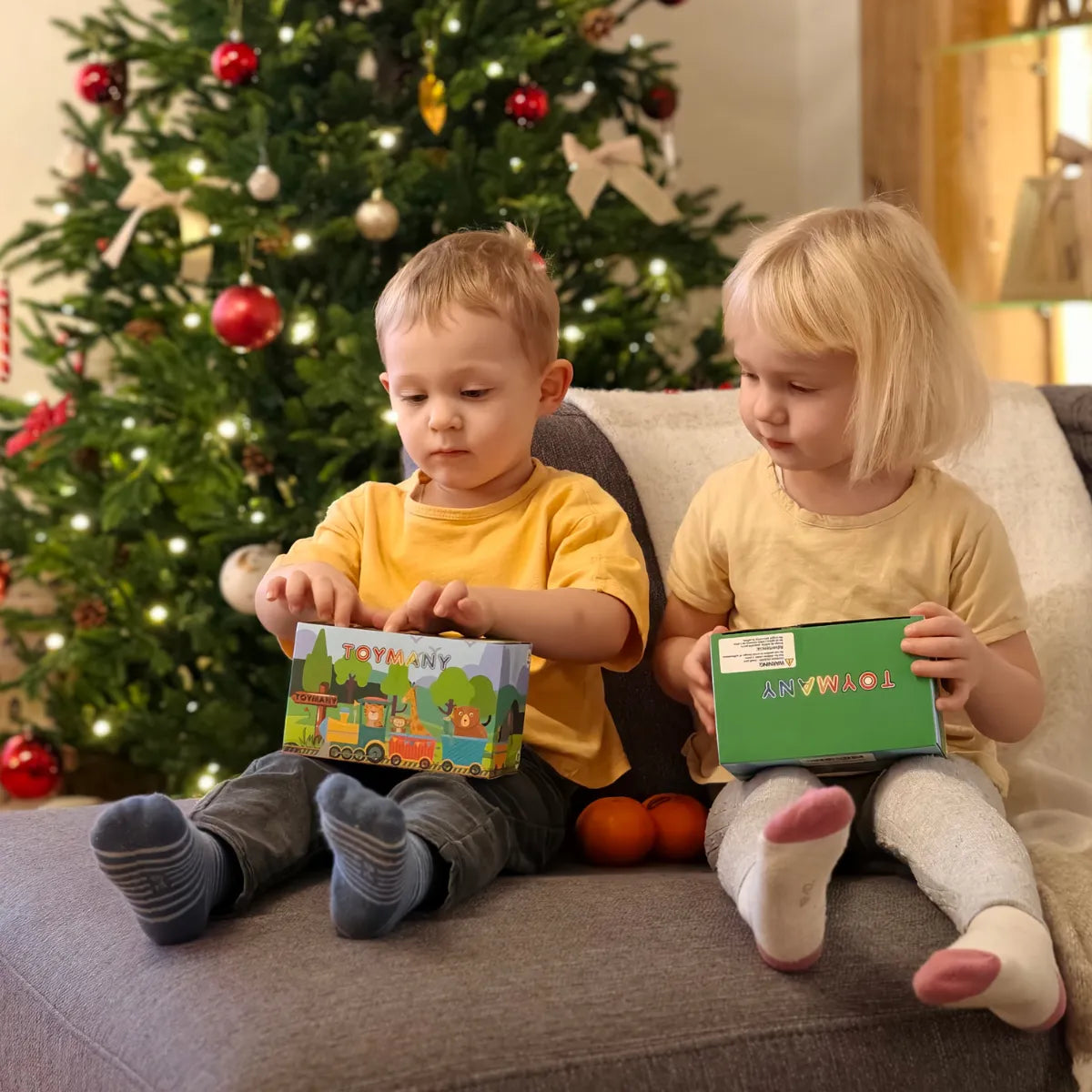
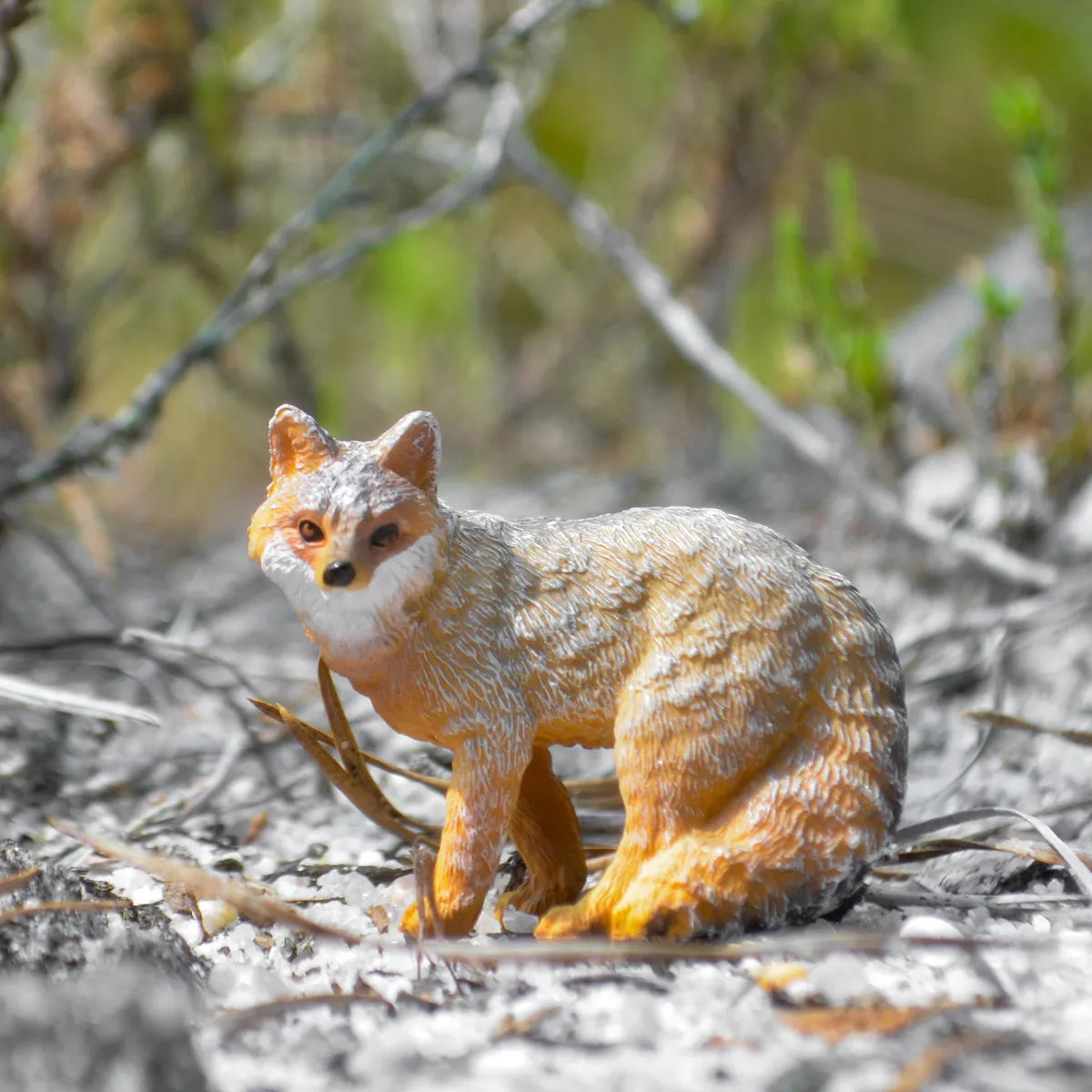
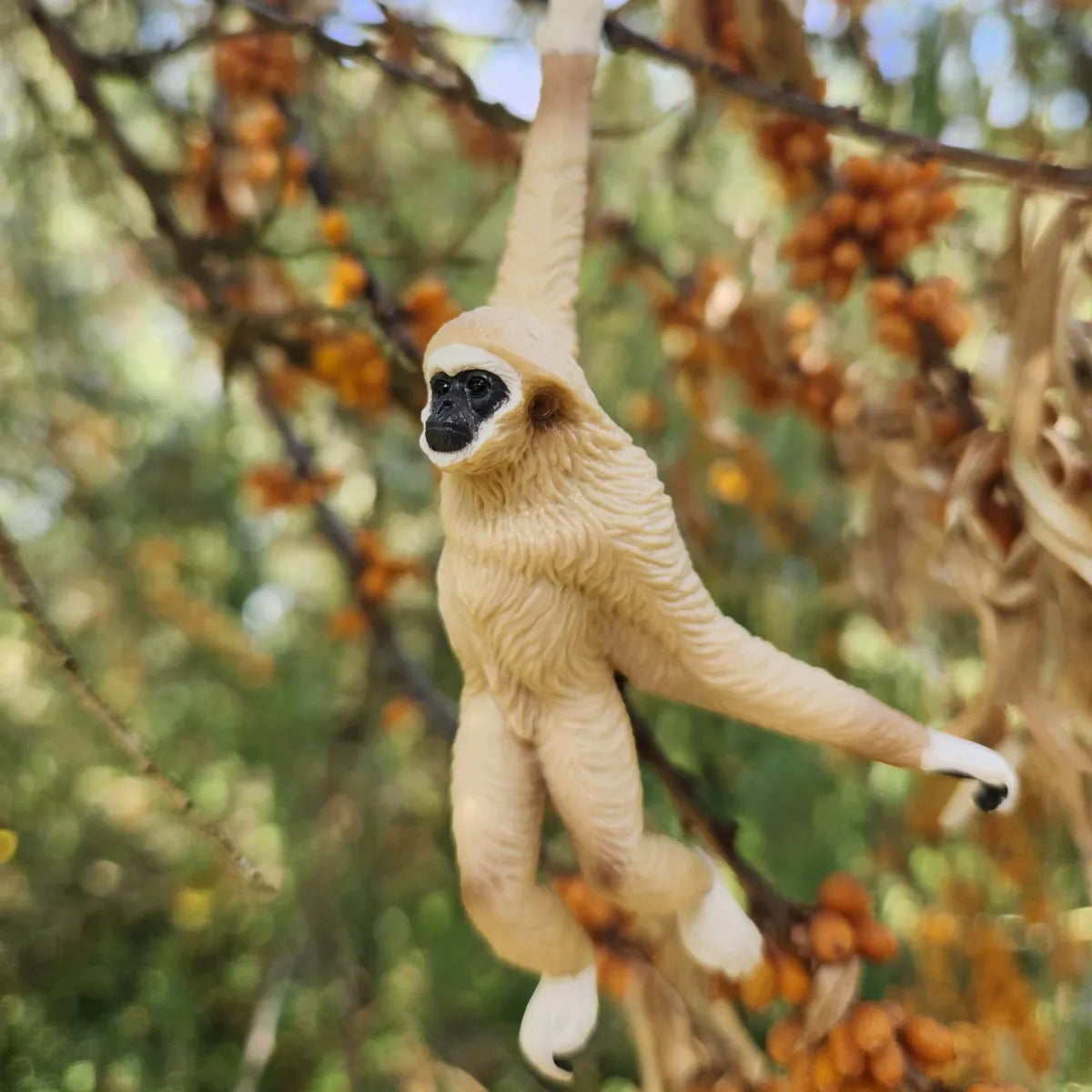

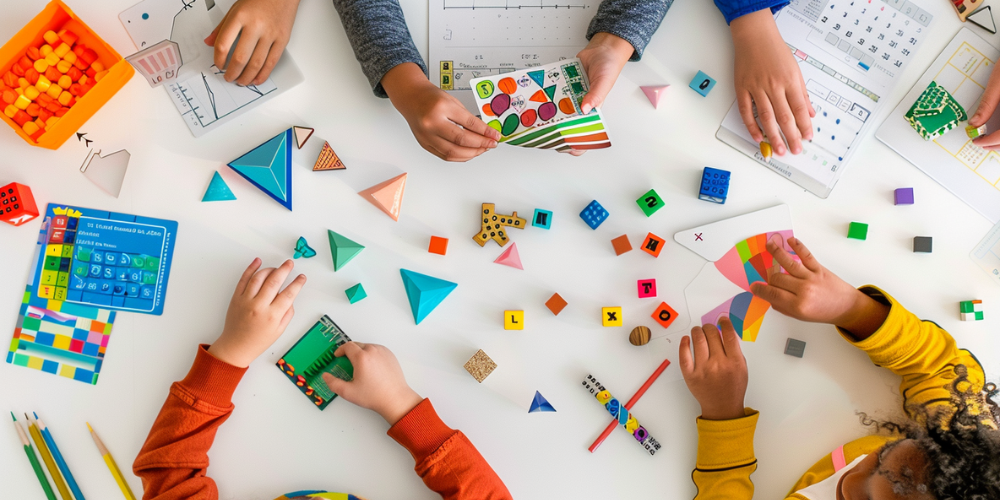
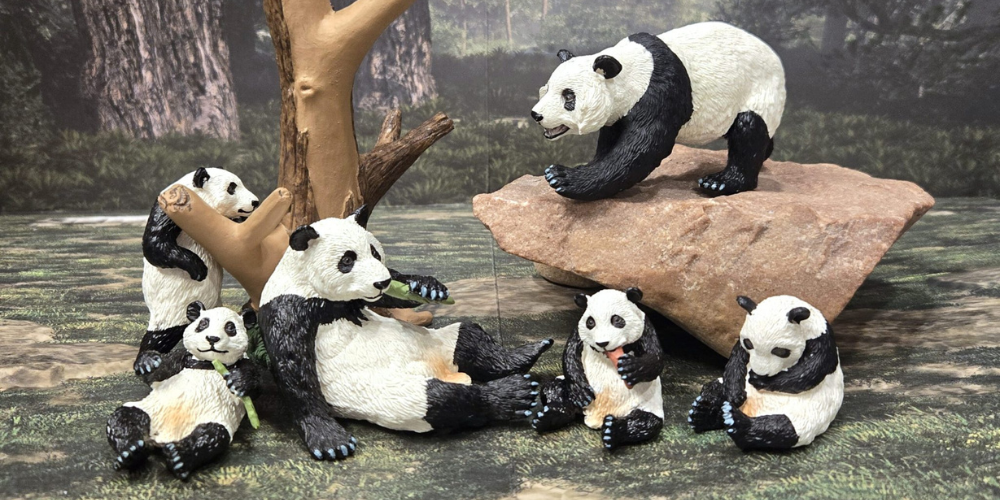
Leave a comment
All comments are moderated before being published.
This site is protected by hCaptcha and the hCaptcha Privacy Policy and Terms of Service apply.